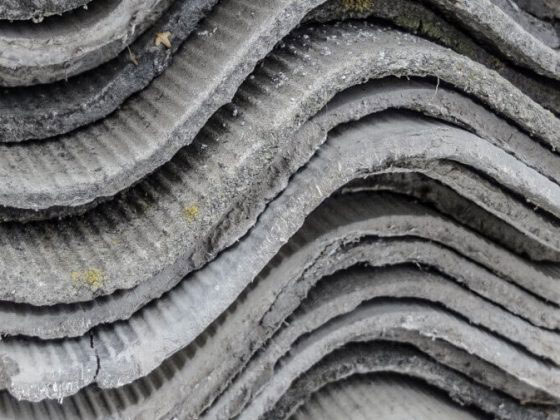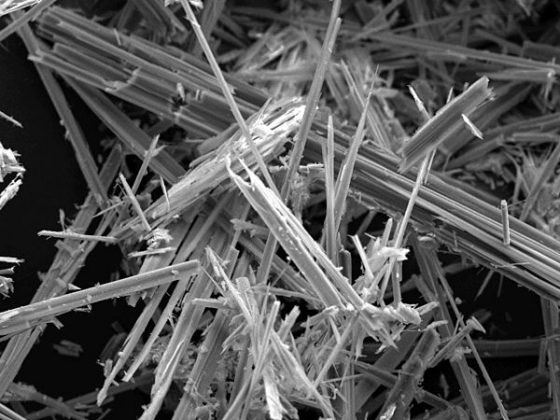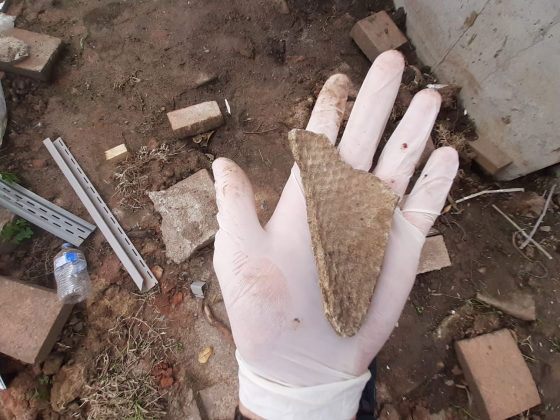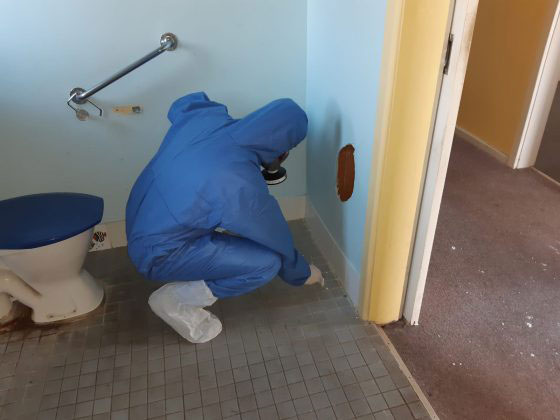Background
Asbestos
Asbestos is a naturally occurring fibrous mineral, predominantly being utilised for its fire-retardant properties. Asbestos fibres cannot be broken down as they are resistant to a multitude of strenuous conditions including but not limited to; chemical and heat exposure, prolonged water exposure and maintain a high static strength after long term exposure to typical adverse weather events. Asbestos, predominantly chrysotile and crocidolite, was mined throughout Australia until late 1984. Unfortunately, from the 1950s through to the 1970s, Records also show that between 1930 and 1983, approximately 1.5 million tonnes of all forms of asbestos were imported and distributed throughout Australia. A lot of this asbestos remains in many residential, commercial, and industrial settings to this day and continues to pose a significant health risk to any individual that may encounter this hazardous material.
The six forms of asbestos are comprised of two mineral families, Serpentine and Amphibole asbestos, with Amphibole presenting a greater health risk. The reason for this is due to the physical structure of amphibole asbestos, the fibres resemble a needle like appearance and exposure to this from of asbestos is considered highly carcinogenic at a greatly reduced exposure rate to that of serpentine asbestos. Serpentine asbestos fibres as the name suggest are curly in appearance are a lesser health risk than their counterpart, however all forms of asbestos should be handled with extreme caution.
Approximately one third of all homes built in Australia contain asbestos containing materials (ACMs). As a general guideline, if your house was built before the mid-1980s, it is highly likely that asbestos containing materials may be present. If your house was built between the mid-1980s and 1990, it is likely that it may have some asbestos containing materials present. If your house was built between 1990-2004 is it unlikely but not unheard of to contain asbestos containing materials. If it was built post 2004 then it is very unlikely to contain asbestos materials due to legislation rolled out within Australia at the end of 2003.
Friable and non-friable Asbestos
Asbestos containing materials can be categorised as friable or non-friable.
Non-friable asbestos is also called bonded asbestos because the asbestos fibres are ‘bonded’ into other materials such as cement. Non-friable asbestos is the most common type of asbestos found within our built environment and is predominantly utilised for its strength and diversity as a raw building material.
Friable asbestos is the most hazardous of the two and can either be found in its pure loose fibre form or within materials that were once classified as non-friable asbestos but have deteriorated over time; freeing the asbestos fibres from their once bonded, stable matrix. Friable asbestos is more likely to become airborne and in turn become respirable by individuals; this poses a serious health risk to anyone that interacts with it without the proper training and protective equipment. It is harder to visually classify an area as containing friable asbestos without taking samples to be analysed by a laboratory as the loose asbestos fibres are near invisible to the naked eye.
If you are ever unsure if non-friable asbestos cement sheeting has become friable or suspect the presence of loose friable fibres it is of vital importance to organise an inspection by a trained professional to determine the immediate and future risks of asbestos exposure and ensure no individuals safety is compromised.
Where can you find Asbestos?
Services by stages
Asbestos Inspection
Due to the fact that the ban on Asbestos did not come into effect in Australia until 31 December 2003. This means that many homes and buildings may still contain ACM.
Prior to any renovation or demolition for a building built prior to 2003 an asbestos inspection/asbestos material survey / hazardous material survey should/must be conducted




